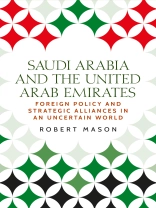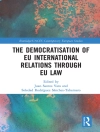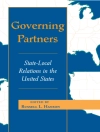The year 1973 is usually considered the great equaliser among major oil producers. But the ‘Visions’ strategies of Saudi Arabia and the United Arab Emirates, a so-called middle power and small state in the Middle East regional system, point to broadening economic relations as a great enhancer of economic power. This book explores the impact of regime type and leadership style on the two countries’ foreign policies. It reveals how autonomy and influence, threat perception and alliance patterns are folded into the complex and personal
riyal politik and economic statecraft that sit at the core of their international relations.
表中的内容
Introduction
1 A theoretical and conceptual framework
2 Politics in the Kingdom of Saudi Arabia: state formation, political consolidation and reform
3 Politics in the United Arab Emirates: state consolidation, security and ambition
4 Iran: a supreme ontological threat
5 The Middle East: counter-revolutionaries united?
6 United States: partisan politics, carte blanche and policy variation
7 China’s Belt and Road Initiative: bilateralism versus alliances
8 Relations with Europe: conditionality and unity
9 Russia: arms, energy and ideology
10 The Horn of Africa: security on the western flank
11 India and Pakistan: shifting tides of interaction and dependency
12 Japan and the Republic of Korea: institutionalizing ties amid strategic uncertainty
13 Indonesia and Malaysia: trans-nationalism and Islamic leadership
Conclusion
Index
关于作者
Robert Mason is a Non-Resident Fellow at the Arab Gulf States Institute in Washington












